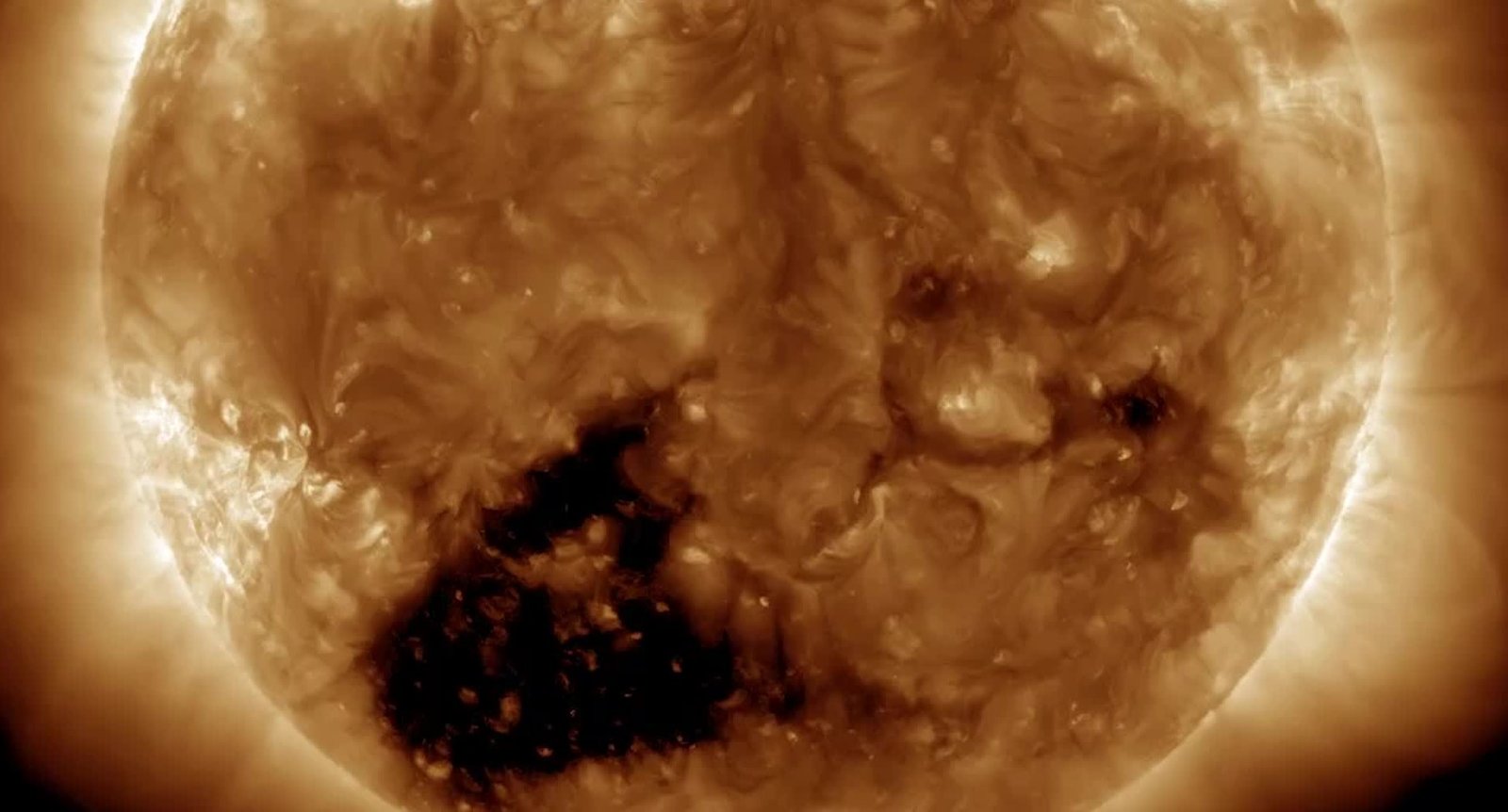Tropical Cyclone Jasper set to intensify off Queensland coast
Tropical Cyclone Jasper is all set to intensify off the Queensland coast as it moves across the Coral Sea with increasing upgradation.
The storm was upgraded to a Category 3 storm late yesterday. But forecasters predict it will become a Category 5 storm later today. They expect it to strengthen further when it approaches Queensland’s coast.
According to the Bureau of Meteorology, Jasper will approach high-end category 4 intensity later Thursday and perhaps category 5 on Thursday night.
Jasper is expected to weaken over the weekend but remains a tropical cyclone next week. Overnight, the “unusual” cyclone traveled south-southwest into the Coral Sea.
According to the bureau, the region north of Mackay faces the greatest chance of cyclone impact at this point. However, the timing and severity of the coastal impact remain unknown.
Cyclone Jasper had a record of steady winds near the center of 140km/h with gusts up to 195km/h at 10 a.m. AEST (Australian Eastern Standard Time).
Click here to read the updates on a suspicious blaze in Melbourne that destroyed a home
Jasper is not just the first tropical cyclone of the season, but also the first to form off the coast of Australia during an El Nino. According to a bureau official, a December cyclone, let alone one with El Nino, is unusual.
It’s odd to see something like this. Meteorologists said they haven’t seen many cyclones in December, let alone early December. As the situation changes in the next few days, the bureau will provide regular updates to keep people informed.
The slow-moving cyclone may give people plenty of time to prepare before it makes landfall. According to the prediction of the Bureau of Meteorology, Cyclone Jasper will make landfall around Townsville or Mackay next week.
The cyclone season in Australia typically lasts from November to April with the peak occurring in Queensland in February and March. There are currently no warnings or alerts in place.
Read More:
- Niger Fuel Tank Explosion: 48 people died after tanker-truck collision
- Jordan gunman killed three Israeli guards at West Bank border
- 30-year-old China man died from organ failure after working for 104 days
- Lamu Deputy Governor Raphael Munyua died in Nairobi Hospital
- Hillside Academy Endarasha fire outbreak killed 17 school students
- Kenyan mother donates her excess breast milk to needy newborn children
Share this content:










Post Comment